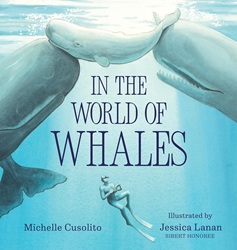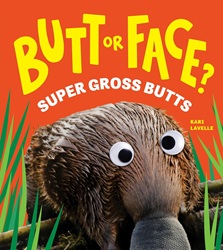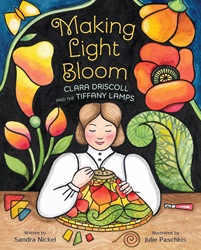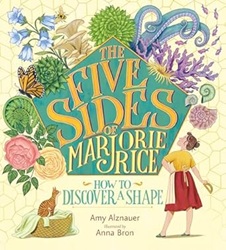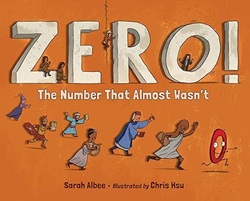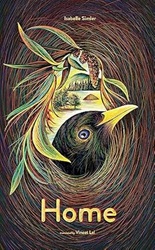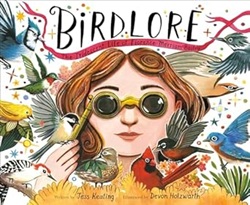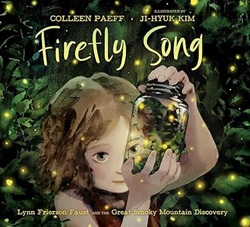Review of In the World of Whales, by Michelle Cuslito, illustrated by Jessica Lanan
by Michelle Cusolito
illustrated by Jessica Lanan
Neal Porter Books (Holiday House), 2025. 44 pages.
Review written November 18, 2025, from a library book.
Starred Review
This stunningly beautiful picture book tells the true story of a free diver who encountered a pod of sperm whales surrounding a just-born baby whale calf with the umbilical cord still attached.
The story is told poetically, with both the diver and the calf having to go to the surface for air periodically.
The whales peer at the man
with egg-shaped eyes the size of tangerines.
Their school-bus-big bodies
with rumpled backs
and bulbous heads
could crush the man in a flash.
Wild animals protect their young.
Is he in danger?
On the next spread, he copies the whales’ movements to be non-threatening, and more whales arrive to the group. Then, after he and the calf breathe:
The mother nudges her offspring toward the newcomers.
One by one,
she introduces the baby to the community.
The man watches in wonder, and hears the clicks of the whales communicating with one another, including the newborn.
It all builds to a doubled-spread with pages that fold out.
Then, the mother nudges the calf toward the man.
She presents her wrinkly baby as if to say,
“Meet the newest member of our family.”
Six pages at the back tell more about sperm whales, more about free diving, and provide resources including this page of photos from the actual encounter in 2014, and this amazing video of the encounter.
The book captures the magic and wonder of the moment, and leaves you, like the original diver, in awe.
michellecusolito.com
jessicalanan.com
HolidayHouse.com
Find this review on Sonderbooks at: www.sonderbooks.com/Childrens_Nonfiction/in_the_world_of_whales.html
Disclosure: I am an Amazon Affiliate, and will earn a small percentage if you order a book on Amazon after clicking through from my site.
Disclaimer: I am a professional librarian, but the views expressed are solely my own, and in no way represent the official views of my employer or of any committee or group of which I am part.
Subscribe for more reviews and talk about books.
Join the conversation: What did you think of this book?
